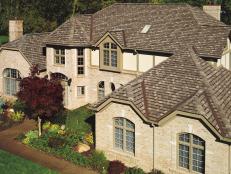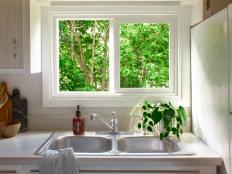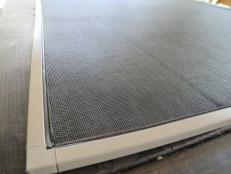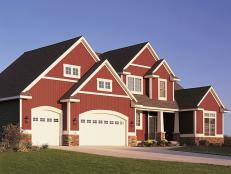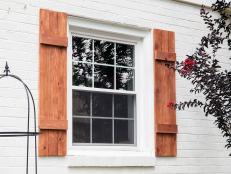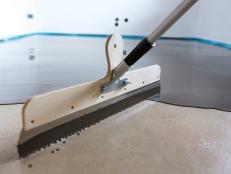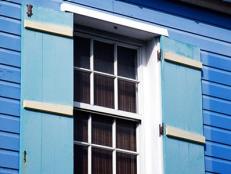Drainage Planes: Preventing Water Damage to Exteriors
A key aspect of a home’s durability is effective water management. Attractive exterior finishes make a home look great, but you can't rely on them to provide flawless water protection. No exterior finish, be it brick, stucco or siding, is waterproof. Brick and stucco are porous, and siding expands and contracts, creating gaps between the boards. Water from rain and snow will penetrate any kind of exterior finish. That's why every home needs a drainage plane.
A drainage plane is a layer of water-resistant material that completely covers the home's exterior and integrates with flashing to provide a drainage path from the roof to the ground. When water penetrates the exterior finish, the drainage plane works in conjunction with interconnected flashing to guide water back to the exterior. The drainage plane protects sheathing and framing from getting wet and prevents moisture buildup in exterior wall cavities. Here’s how to secure various parts of a home’s exterior against water:
Wall Cavities
Housewrap is designed to keep water out of wall cavities; if a small amount of water does enter, housewrap allows it to dry to the exterior. The key to effective housewrap installation is providing continuous coverage by lapping each piece shingle-style; individual pieces are lapped from bottom to top so that each succeeding piece overlaps the preceding piece. Windows, utility penetrations and intersecting roofs are a few of the critical areas of a home that require special attention.
Windows
Window openings are especially vulnerable areas because they interrupt the continuity of the drainage plane. To help prevent water intrusion, window openings have to be properly flashed and sealed, and to keep water from seeping behind window flashing, the pieces of flashing have to be layered correctly. Window flashing should be layered shingle style to guide water downward.
Utility Penetrations
When you install a hose bib, dryer vent or other fixture in the exterior, you're creating a hole in the drainage plane. To prevent water intrusion, the drainage plane has to be continuous. Flashing maintains the drainage plane's continuity because it integrates with the drainage plane and directs water away from penetrations. An effective way to flash penetrations is to install preformed flashing panels.
Intersecting Roofs
Where a wall terminates at the roof, any water that has penetrated the exterior finish must be able to drain from the wall's drainage plane to the roofing. The more roof-to-wall intersections a home has, the more vulnerable areas exist, making it critical to employ an effective, consistent approach to water management. At these intersections, make sure that flashing is in place and that it's properly integrated with the housewrap. And keep a reveal between the exterior finish and the roofing shingles. Without a reveal, any water moving down the roof can wick up the exterior finish, leading to water damage.
Despite your best efforts, some water will still penetrate the exterior finish. When it does, the wall needs a second line of defense against water intrusion that can drain that water back to the exterior. By properly installing housewrap and integrating it with flashing, water is guided downward and away from the home, protecting the wall from water intrusion.






